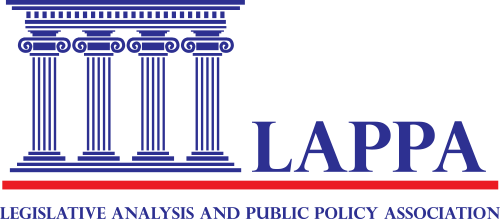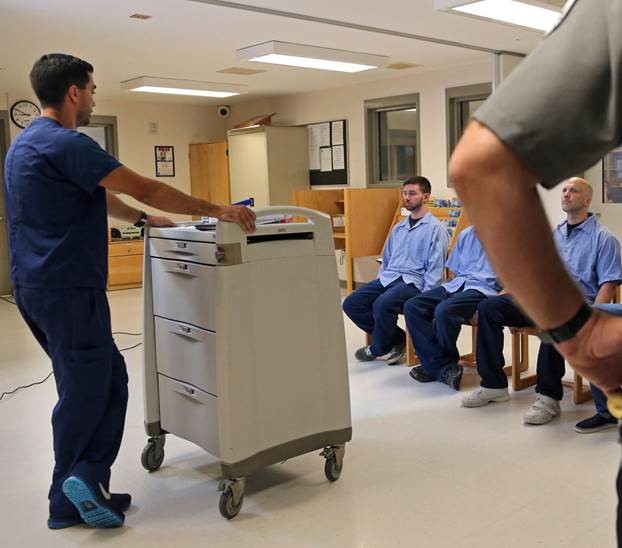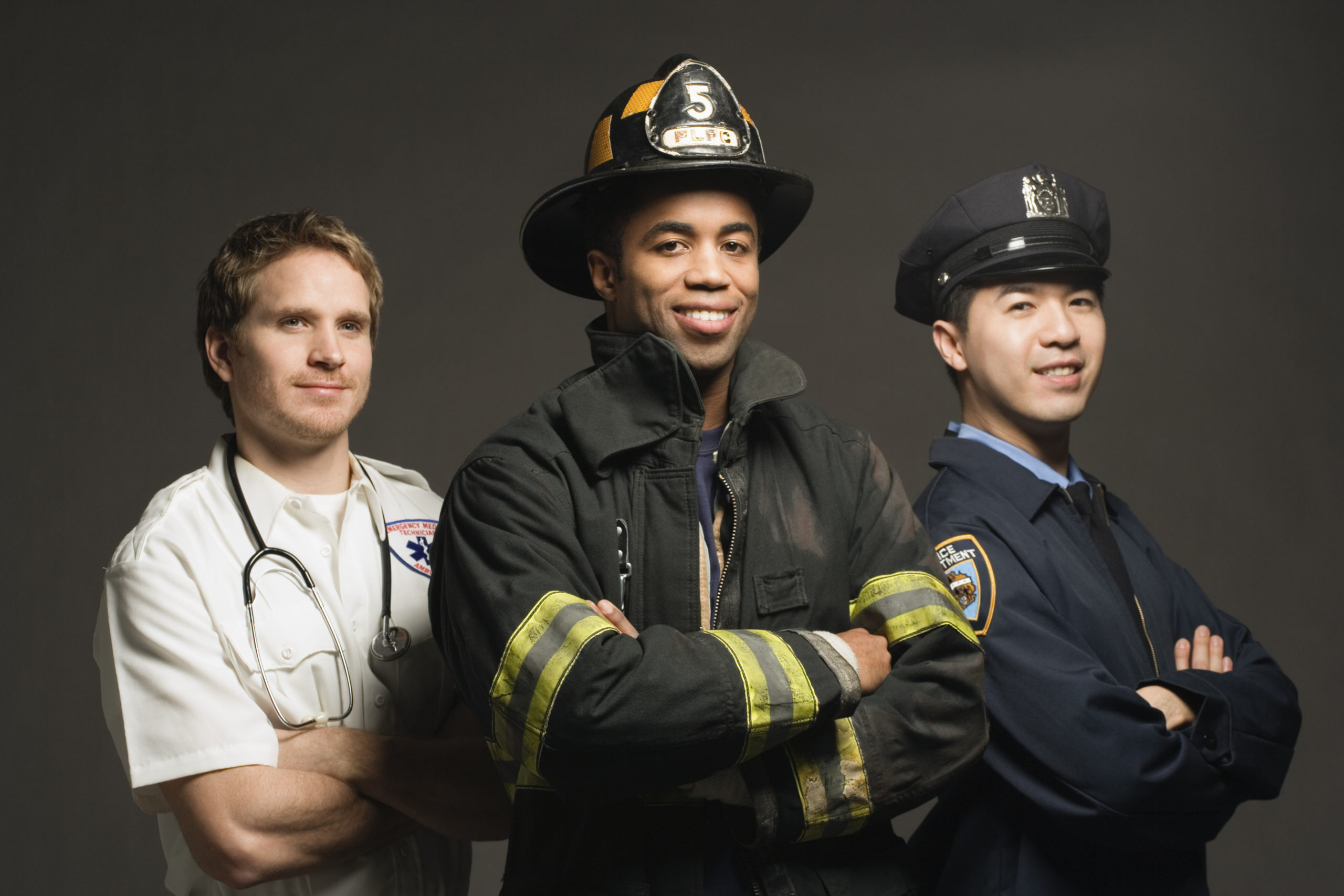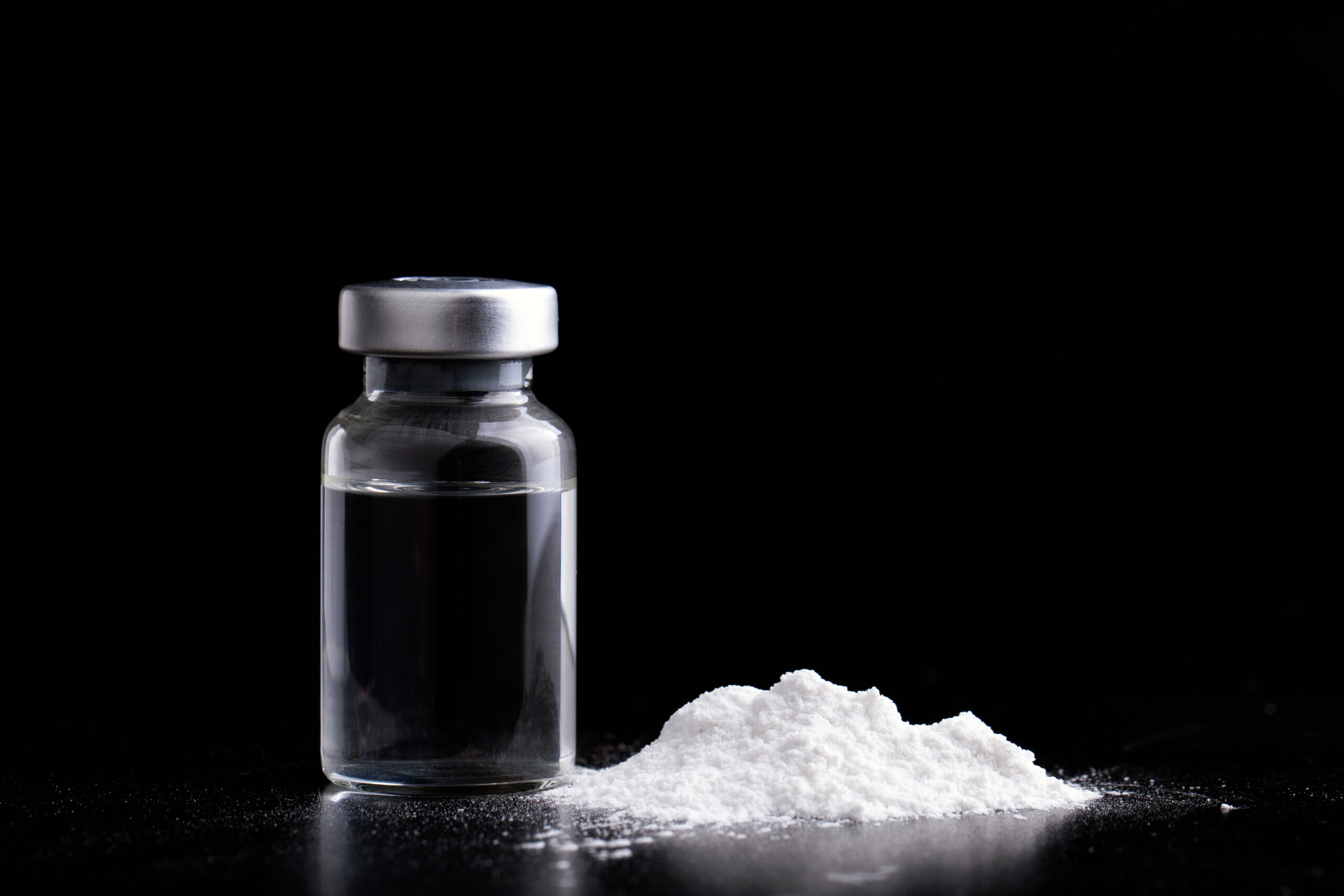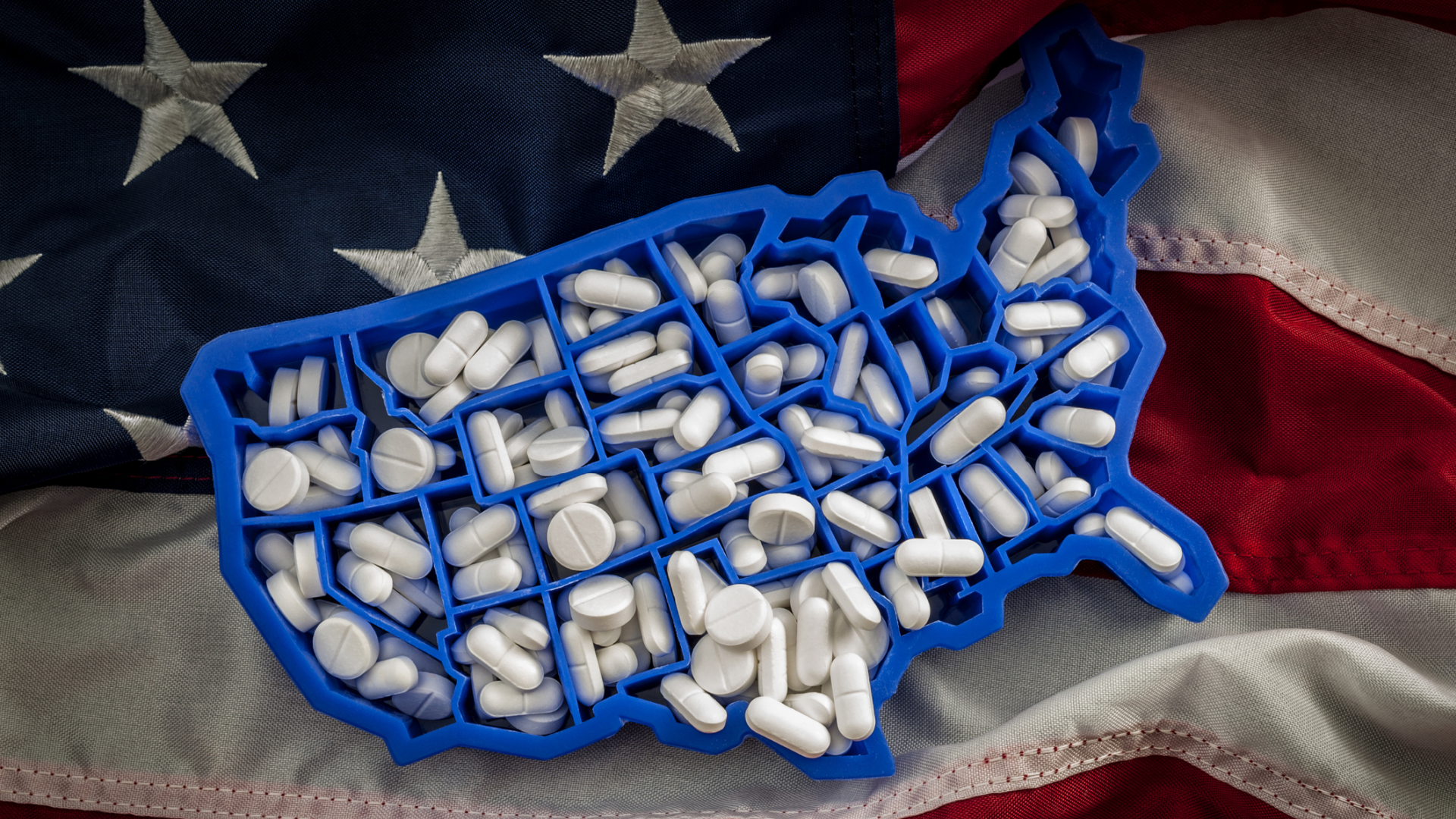Guidelines for Managing Substance Withdrawal in Jails
This report from the Bureau of Justice Assistance, Office of Justice Programs, details guidelines that local government officials, jail administrators, correctional officers, and health care professionals can use in providing effective health care for adults who are sentenced or awaiting sentencing to jail, awaiting court action on a current charge, or being held in custody for other reasons....
